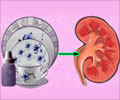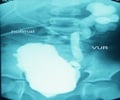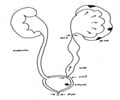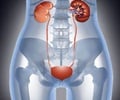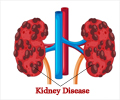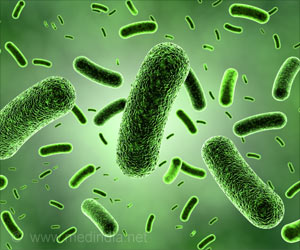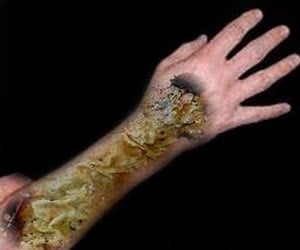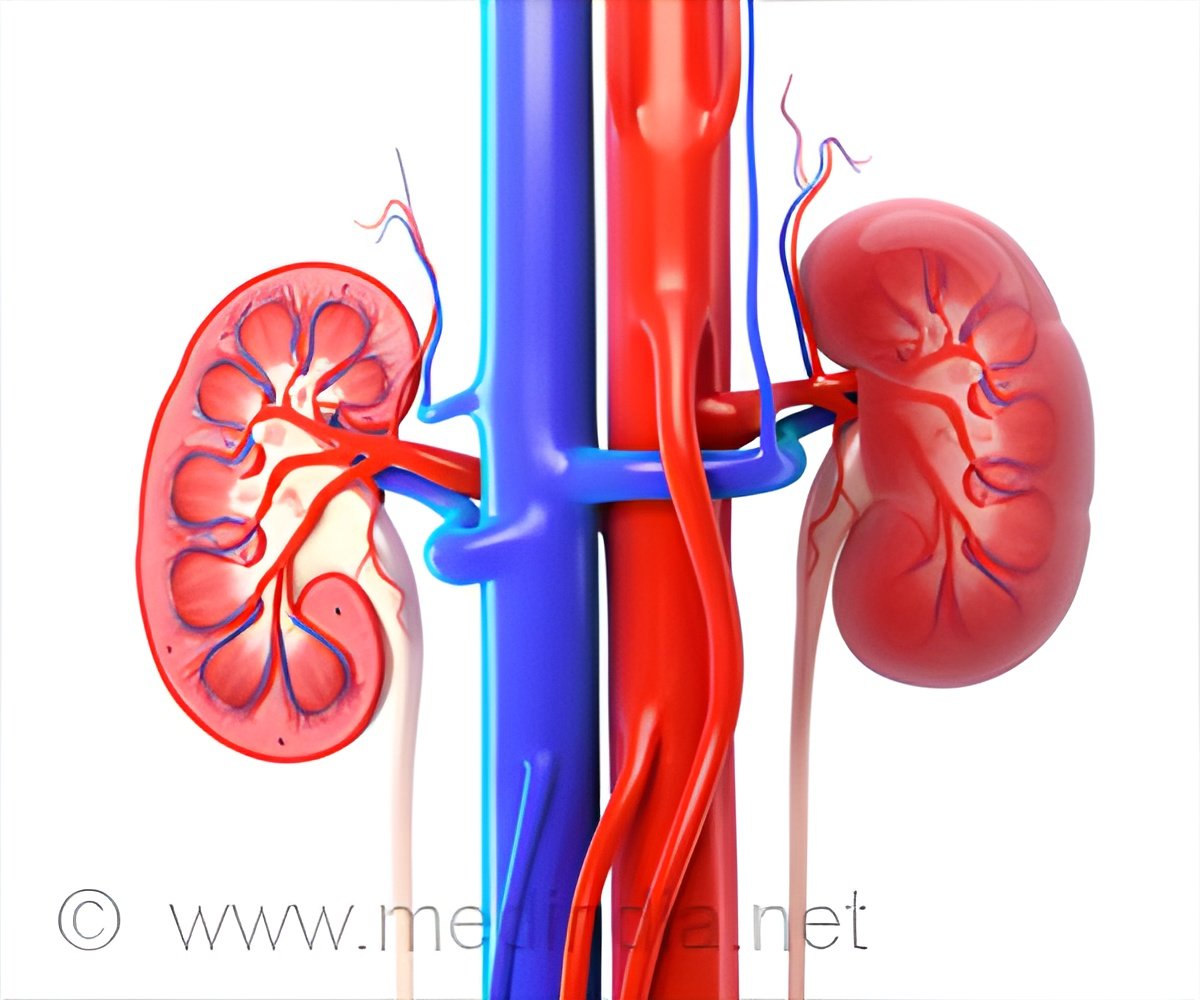
‘First human kidney tissue capable of producing urine developed.’
Tweet it Now
They were combined with a gel like substance, which acted as natural connective tissue - and then injected as a tiny clump under the skin of mice. After three months, an examination of the tissue revealed that nephrons: the microscopic structural and functional units of the kidney - had formed.
The new structures contained most of the constituent parts present in human nephrons - including proximal tubules, distal tubules, Bowman's capsule and Loop of Henle.
Tiny human blood vessels - known as capillaries- had developed inside the mice which nourished the new kidney structures.
However, the mini-kidneys lack a large artery, and without that the organ's function will only be a fraction of normal.
Advertisement
To test the functionality of the new structures, the team used Dextran - a fluorescent protein which stains the urine-like substance produced when nephrons filter the blood, called glomerular filtrate.
Advertisement
"We have proved beyond any doubt these structures function as kidney cells by filtering blood and producing urine - though we can't yet say what percentage of function exists," said Professor Kimber.
"What is particularly exciting is that the structures are made of human cells which developed an excellent capillary blood supply, becoming linked to the vasculature of the mouse.
"Though this structure was formed from several hundred glomeruli, and humans have about a million in their kidneys - this is clearly a major advance.
"It constitutes a proof of principle- but much work is yet to be done."
The University of Manchester's School of Biological Sciences and Manchester Regenerative Medicine Network (MaRM) as well as Kidneys for life have also supported the work.
Professor Woolf, who is also Consultant in Paediatric Nephrology at Royal Manchester Children's Hospital, Manchester University NHS Foundation Trust, said: "Worldwide, two million people are being treated with dialysis or transplantation for kidney failure, and sadly another two million die each year, unable to access these treatments.
So we are tremendously excited by this discovery - we feel it is a big research milestone which may one day help patients.
"However, there is much more to learn: Building on our generation of kidney filtration units we must now turn to developing an exit route for the urine and a way to deliver this technology to diseased kidneys
Source-Eurekalert


